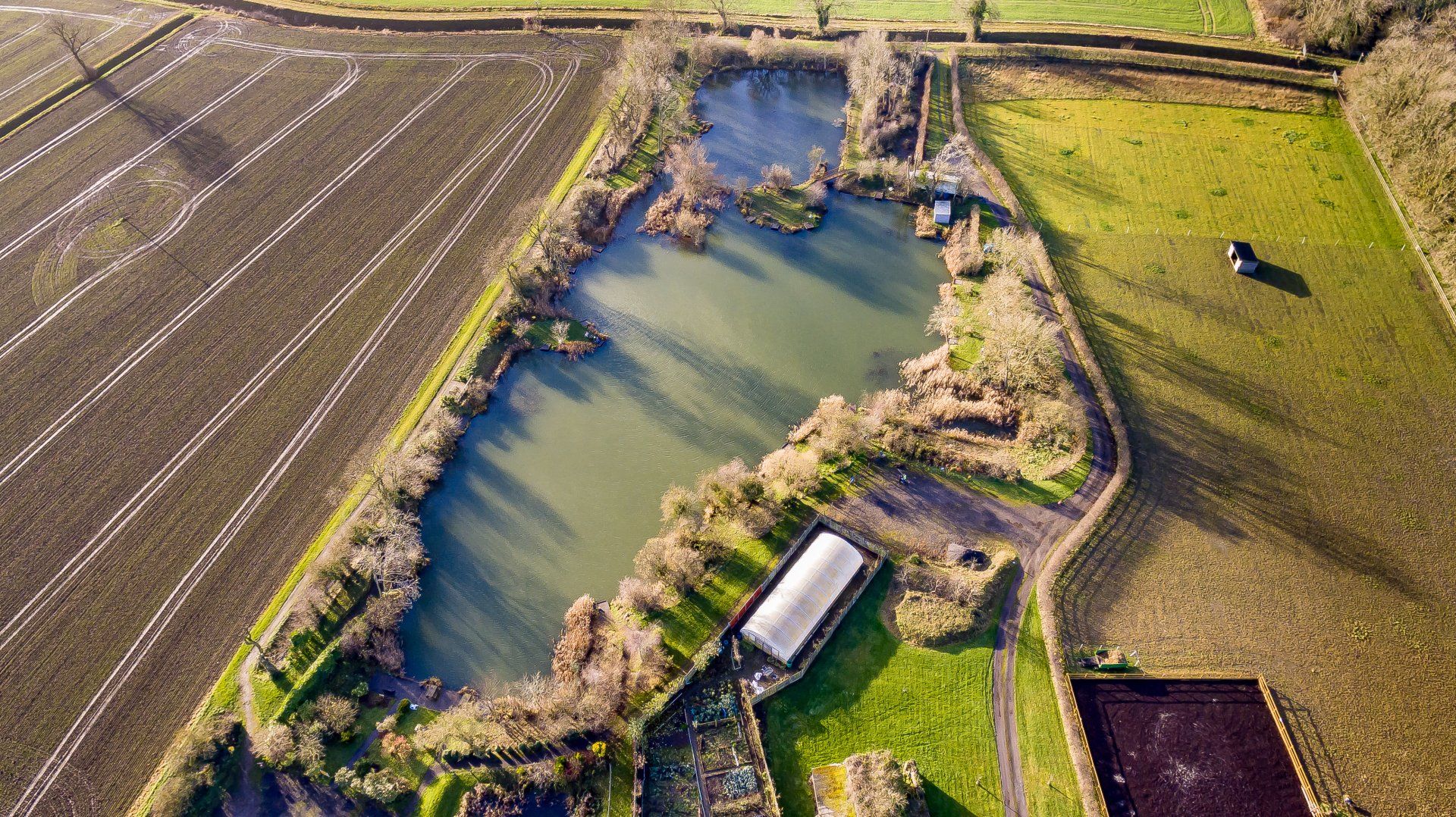
About us
The Burgh Angling Society was formed in 1953 with just 12 members, who were allowed to fish at the old brick pits at Farlesthorpe.
Located near Alford in Lincolnshire. The name of the Burgh Angling Society was chosen because some of the club members played dominoes in Burgh-Le-Marsh and an Alford Angling club already existed. The site is located at the eastern end of Farlesthorpe village. The surrounding land is predominantly used for agriculture and it consists of mainly large arable fields, which are bordered by drainage ditches.
The site that is now known as the Burgh Angling Society Community Nature Reserve has undergone considerable change since the society was set up almost 70 years ago.
By 2001 the site had become densely overgrown and the water quality had deteriorated, so a 10 year project commenced to restore and improve the natural habitat.
The Burgh Angling Society sought advice form the Environment Agency and the Lincolnshire Wildlife Trust. After a great deal of hard work by club volunteers and considerable expenditure of the Burgh Angling Society’s funds, the clay pits had been restored and a unique nature reserve had been created.
The society is still fishing the same site and now has 200 plus members fishing at the site on an annual ticket.
The Burgh Angling Society signed a 30 year lease for the site in 2008, which secured the guarantee of a long-term permanent home for the Burgh Angling Society to base its activities.
The Burgh Angling Society started our website in 2012, which will include more information as time goes by.
During September 2013, an excavator was employed to clear a channel between pegs 9 & 10, this will improve water movement from the small pond to the front lake. Work was also carried out between pegs 26 & 27.
October 2013 Burgh Angling Society become a member of the Angling Trust.
February 2014 the replacement of pegs 3 and 4 was started. The tree line was tidied up to make way for a high quality plastic double peg. All being well, will be finished end April 2014.
August 2014 Contractors excavate and lay new car parking area behind our allotment, to give easy access to pegs 27 to 32.
November 2014 New slipway excavated for the Club row boat.
October 2016. Pegs 22 and 29 replaced with plastic units.
December 16. 100 crussian carp and 760 skimmer bream introduced as part of restocking programme.
Monday 6th Feb 2017, pegs 18 and 19 replaced by plastic units supplied by Marmax Products Ltd.
Monday 6th March 2017, pegs 27 and 28 replaced by plastic units supplied by Marmax Products Ltd.
Saturday 22nd April 2017,peg 11 replaced by plastic unit supplied by Marmax Products Ltd.
Tuesday 27th June 2017, the net dipping pond, landscaping of surrounding land started and was completed over the next week. Tree clearing along the road side, levelling of the ground and spreading 35 ton of topsoil was completed in Nov 2017.
24th Aug 2017 New custom boat shed built by club members.
29th Sept 2018, peg 6 replaced by plastic unit supplied by Marmax Products Ltd.
6th Oct 2018, pegs 5,7, and 8 replaced by plastic units supplied by Marmax Products Ltd.
13th Oct 2018, pegs 2 and 32 replaced by plastic units supplied by Marmax Products Ltd.
20th Oct 2018, pegs 31, 30, 29 and 21 replaced by plastic units supplied by Marmax Products Ltd.
21st Oct 2018, pegs 1 and 9 replaced by plastic units supplied by Marmax Products Ltd.
28th & 29th Oct 2019, excavator removes pegs 23.24.25.26 and landscapes area around dingly dell for better access to allow the replacement of the pegs with Marmax Products Ltd plastic units.
March 2023 Saw the installation of a bore hole drilled down around 20 meters to provide the lake with a good natural source of water for topping up the lake in the summer months and also for the toilet facilities
On Part of our site at Farlesthorpe stands one of only a few scotch kilns to be found in Lincolnshire, it is also a grade 2 listed building.
The kiln was built around 1854 and used untill 1906.
Clay excavated from what is now our fishing lake would have been made into “green” bricks and placed inside the kiln and spaced so the heat from burning coal could pass through, firing a batch would take around two weeks.